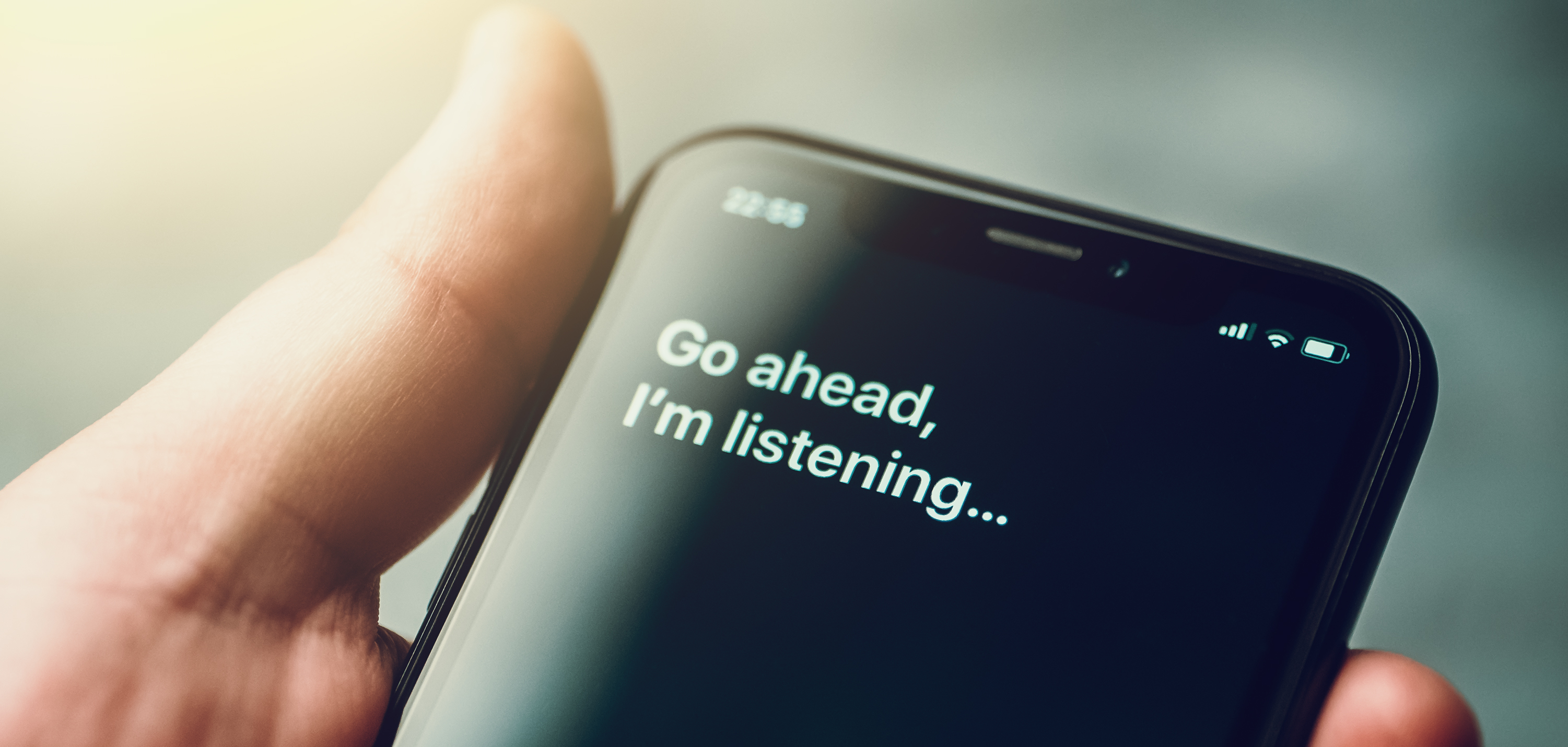Smart Conduct: How to Keep our Mobile Devices Safe?
Our smartphones can already be considered our identity extensions, where we are likely to keep all our life-critical data and operate on the fly. In the UK, smartphones are the most commonly owned devices with nine in ten consumers owning one (87%). On average, consumers in the UK own five different IoT devices. Our smartphones are also fast becoming the biggest vulnerability to our security and privacy. For security pros, smartphones feel like ticking time bombs, as the intersection of our personal and professional information on our phones paves way to increasing cyber security threats.
We discuss the security of smart devices regularly from the compliance and surveillance perspective; however, it’s time to highlight that our own behaviour is often the biggest culprit in jeopardising our privacy and confidential information. These behavioural oversights are so basic, as listed by the National Cyber Security Centre (NCSC) that indeed we can do so much ourselves to strengthen the smartphone conduct and culture not only in our work environment, but also in our personal lives.
I’m sure that any smartphone user has experienced their social feeds reflecting the discussions they just had, the movie they just saw, the food they just ate, etc. We notice the coincidence, but we don’t really think about it, not to mention take any actions against such privacy intrusion. Whilst the latter is absolutely a personal choice, all off-network devices in the work environment (these would be your personal devices) are basically like mini-cameras live streaming any discussion and any activity for those who would need that information for their benefit.

So, what can we do apart from using strong passwords and two-factor authentications as well as security updates? The first thing to recognise is that your device is always online and connected unless you fully switch it off. The flight mode is helpful but doesn’t give you the 100% being offline as some apps in the background continue working. We also love gadgets which means we no longer have just a phone, but another device that is connected and talks to our phone. Even if you have a strict no mobile phone policy, how are you policing all other smart wearables such as watches and now even glasses.
Probably the biggest threat that comes with any mobile and smart device is that they either have a camera or microphone or both. This is the gateway that unbeknownst to you is cleverly populating your social media feeds. So, as long as your phone is switched on or even on flight mode, the camera and microphone have an ability to whizz away in the background and stream your professional and personal data. Again, in any situation where you feel the conversation should remain private or confidential, switch your phone off completely and whenever possible, even take it to another room.
The encouraging news is that people generally are aware that all smart devices should come with security features. In fact, according to the study on Consumer Attitudes towards IoT Security, nearly 9 in every 10 persons believe that smartphones should have basic built-in embedded features to protect user privacy and security.
However, when we delve deeper, the sources of obtaining information about privacy and cyber security still have a lot of room for improvement. These range from the Internet, family, media and friends, which means that there are a lot of ‘Facebook doctors’ and disinformation out there. This is illustrated by another significant vulnerability – your WiFi router and in the UK, only a mere quarter of consumers have changed their router or WiFi network passwords. We are not going to even discuss changing the router IP address and encryption or setting up a guest network, which only 5% of us do.
Like with Covid, there is a lot we can do ourselves to keep our information and smartphones safe. We can all start by auditing our ‘mobile or smart behaviour’. Probably the best way to describe the mobile risk is by starting to treat your smart devices as silent observants that are constantly shadowing you. With this mind, our ‘smart conduct’ becomes much cleaner, creates far less false positives, and proactively contributes to the surveillance technology that is there for bad actors.
Published: 7 December 2021
Author: Raili Maripuu


